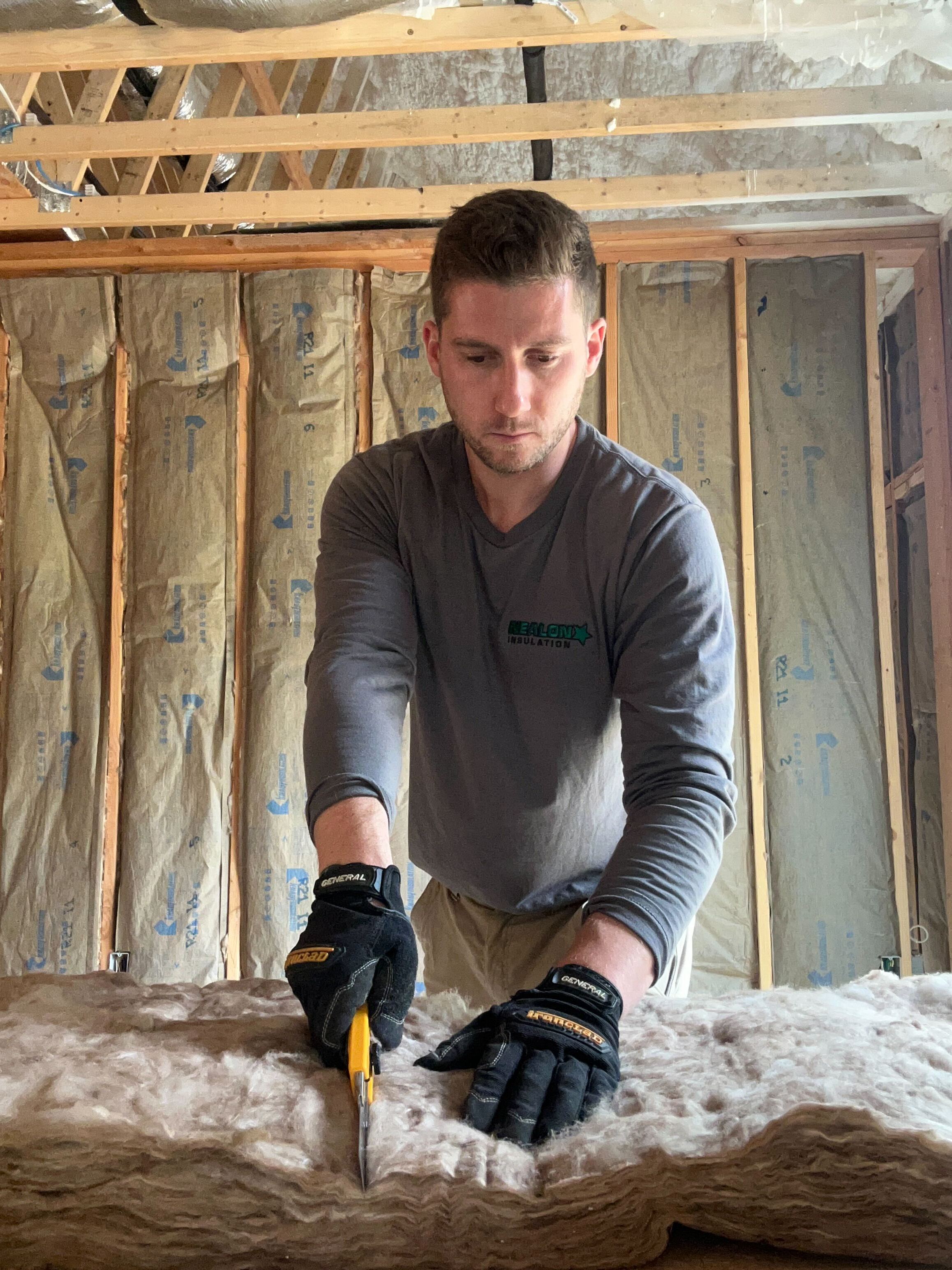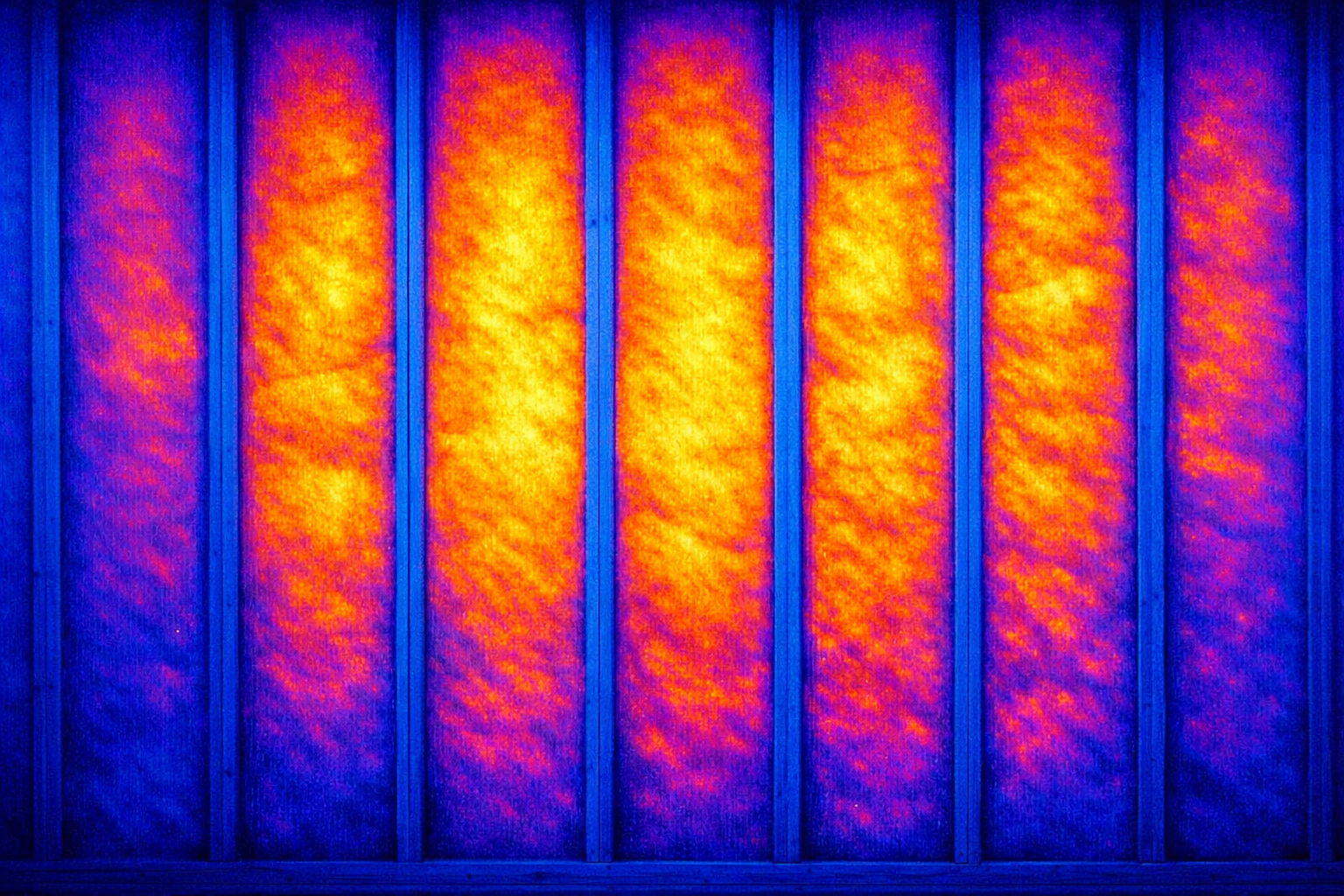Attic Insulation: What Actually Works in Connecticut Homes | Podcast

We finally did it—we launched a podcast. Why? Because sometimes you want to learn about insulation without reading a 2,000-word blog post on your phone in the middle of a Home Depot aisle.
And let’s be honest, hearing someone talk through this stuff makes it all a little less confusing (and a lot less boring).
The first few episodes tackle one of the biggest problem areas in any Connecticut home: the attic. We're covering everything from removing old insulation to figuring out which material actually holds up in a drafty, low-clearance crawlspace. We’ll walk through R-values, moisture resistance, rebates, and yes—why air sealing is always step one.
If you’ve ever asked, “Do I really need to rip out the old stuff first?” or “Is spray foam worth the price tag?”—this is for you. Short, sharp, and no fluff.
Heard something that made you wonder what shape your attic’s in? Or maybe you’re just ready to find out what insulation would actually cost for your place?
Related Articles
Let's Work Together
Ready to transform your home into an energy-efficient haven? Schedule your free energy assessment today and experience the Nealon difference for yourself.



